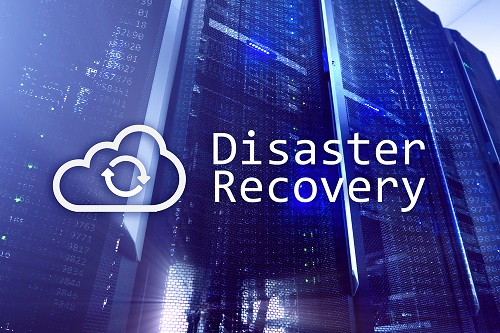
Disaster recovery is crucial. Is your business ready for a massive technology failure? Do you have a well thought out or thorough steps set in place to make sure that your business would function and recover as needed?
If you’re a company owner, you should manage to answer these important questions. With the complexity of the technology these days, a lot of incidents could happen that may derail your business. These are:
- Hardware failure or server failure that could lead to data loss
- Cyberattacks such as phishing attacks and ransomware may take your business operations offline.
- More basic calamities such as equipment damage or power failure caused by power grid failures as well as severe storms could also cause problems.
Consequently, now more than ever, businesses these days require backup and disaster recovery solutions. But companies that do have these solutions in place, about 23% of them have not tested or tried them yet. Because of these, you should take a closer look at how BDR were implemented before, and how the modernization in technology have changed it today, and how your company can make the most out of all these things.
Call Now
Conventional Backup and Disaster Recovery
Conventionally, data backups have been physical reels that come with a magnetic tape where company data is stored. These reels were saved on site so that it could be accessed easily if there’s an emergency. It made a lot of sense to have the data backup readily on site so that it can be retrieved whenever it was required.
But, tape storage isn’t a good and efficient way to store company data. In case you lose this data, it could take you several hours to bring back. As a matter of fact, the downtime that could happen while you are waiting for the restoration of data could be devastating.
And that’s just a restriction of the technological process required to get the data on tapes. If anything occurs on the physical tapes, your information could be lost completely, with no way to get it back. The same could be said for solid state drives and USB drives.
The most effective strategy to backup data for business is to have several backups, offsite and onsite. This is consistent to what is referred to as the 3-2-1 backup guideline, which must be used as the baseline for every business BDR strategy.
Cloud based Backup and Disaster Recovery
A better solution for the data and backup disaster recovery plan for your company is to establish a cloud-based BDR system. If you compare it to tape storage, a data backup that is cloud based is more efficient, more secure, and much more convenient.
Backup happens much more frequently through a snapshot based backup process. It happens when data changed since the backup last happened. This means that you will get more backup throughout the entire day, in some cases as often as a 15-minute interval.
Having backups frequently means decreasing the possibility of losing large amounts of data significantly. You can save your data in these backups onsite as well as in the cloud, making it easy to access.
The Ultimate Advantage
Generally speaking, the benefit of using BDR that is cloud based is that you could get back the data to any hardware device. This includes the backup and data recovery device, too. Whatever is the cause of the loss of data, you will have instant access to the data backup the moment you need it. You can also hire IT services to help you out with this part of your business.
Call SpartanTec, Inc. now for more information about backup and disaster recovery.
SpartanTec, Inc.
Fayetteville, NC 28304
(910) 745-7776
http://manageditservicesfayetteville.com
Serving: Myrtle Beach, North Myrtle Beach, Columbia, Wilmington, Fayetteville, Florence

No comments:
Post a Comment
Note: Only a member of this blog may post a comment.